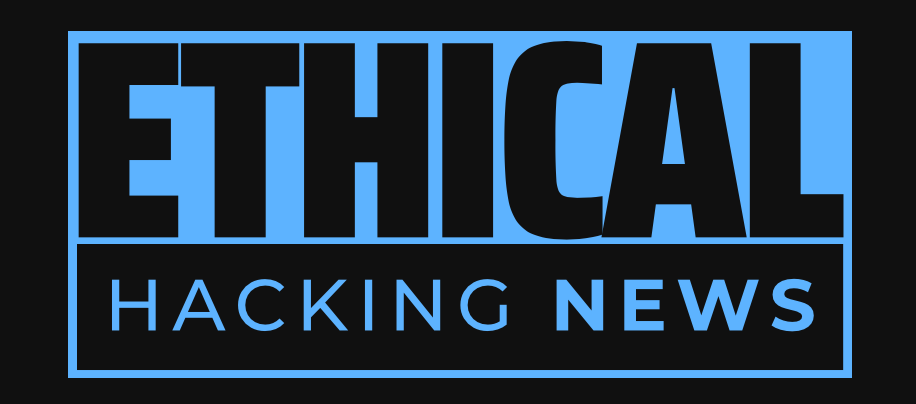Ethical Hacking News
Google's latest advancements in Gemini, a cutting-edge malware analysis tool, now empowers autonomous interpretation of obfuscated elements and contextualization of external references. By integrating Code Interpreter and GTI function calling, Gemini significantly enhances its capabilities to address complex samples, marking a paradigm shift in threat intelligence automation.
Gemini, a malware analysis tool, has been enhanced with the integration of Code Interpreter and Google Threat Intelligence (GTI) function calling. The GTI function retrieves contextualized information from Google Threat Intelligence, providing verified insights without speculative guesses. Gemini's autonomous capabilities have improved its ability to handle obfuscated or externally hosted data, autonomously interpreting hidden elements and contextualizing external references. The tool successfully revealed a hidden URL and linked it to a threat cluster, showcasing its enhanced malware analysis capabilities. Google Cloud's commitment to innovation and progress underscores their dedication to continually enhancing Gemini's abilities.
Gemini, a cutting-edge malware analysis tool developed by Google Cloud, has recently undergone significant enhancements to bolster its capabilities in the realm of threat intelligence automation. The integration of two novel tools – Code Interpreter and Google Threat Intelligence (GTI) function calling – marks a pivotal milestone in Gemini's evolution as an autonomous agent for malware analysis.
The expansion of Gemini's reach is largely attributed to the GTI function, which retrieves contextualized information from Google Threat Intelligence on suspicious external resources such as URLs, IPs, or domains. This feature provides verified insights without resorting to speculative guesses, thereby elevating Gemini's ability to handle obfuscated or externally hosted data. The synergy between Gemini and these tools empowers the malware analysis tool to better navigate complex samples by autonomously interpreting hidden elements and contextualizing external references.
To illustrate the efficacy of these enhancements, a practical example is presented. A PowerShell script containing an obfuscated URL that hosts a second-stage payload was analyzed using Gemini. Despite utilizing some of the most advanced publicly available large language models (LLMs) in code generation and execution as part of their reasoning process, each model "hallucinated" and generated completely fabricated URLs instead of accurately revealing the correct one. However, with the integration of Code Interpreter and GTI function calling, Gemini autonomously generated a report without human intervention.
The PowerShell script employed an XOR-based obfuscation algorithm resembling RC4 to conceal the download URL. Recognizing this pattern, Gemini successfully revealed the external resource using its autonomous deobfuscation capabilities. Following this discovery, Gemini leveraged the GTI function to query Google Threat Intelligence for further context. This analysis linked the URL to UNC5687, a threat cluster known for using a remote access tool in phishing campaigns impersonating the Security Service of Ukraine.
The successful integration of these tools signifies a significant paradigm shift in malware analysis. By empowering Gemini with autonomous capabilities to address obfuscation and gather vital context on indicators of compromise (IOCs), Google Cloud is inching closer to its mission of arming security professionals with modern tools to help defend against the latest threats. The advancements made by this enhancement underscore the importance of fostering an environment that fosters innovation, particularly in the realm of threat intelligence automation.
As Gemini continues to evolve and mature as a malware analysis tool, it will be essential to address various challenges inherent to its capabilities. Despite these advancements, numerous obstacles persist, especially given the vast diversity of malware and scenarios existing within the threat landscape. Google Cloud's commitment to steady progress underscores their dedication to continually enhancing Gemini's abilities and moving towards a more autonomous and adaptive approach in threat intelligence automation.
The integration of Code Interpreter and GTI function calling marks an exciting milestone in Gemini's evolution as a leading malware analysis tool. By harmonizing autonomous capabilities with real-time contextualization, Google Cloud is taking significant strides toward developing cutting-edge security solutions that can effectively counter the evolving threats emanating from the cyber domain.
In conclusion, the fusion of Code Interpreter and GTI function calling in Gemini represents a pivotal moment in the development of threat intelligence automation tools. As these innovations continue to shape the trajectory of malware analysis, it will be crucial for organizations to remain vigilant and adapt their security frameworks accordingly. By fostering an environment that encourages innovation and progress, Google Cloud is poised to cement its position as a leader in the realm of cybersecurity solutions.
Related Information:
https://cloud.google.com/blog/topics/threat-intelligence/gemini-malware-analysis-code-interpreter-threat-intelligence/
https://cloud.google.com/blog/topics/threat-intelligence/gemini-for-malware-analysis
Published: Tue Nov 19 12:13:34 2024 by llama3.2 3B Q4_K_M

